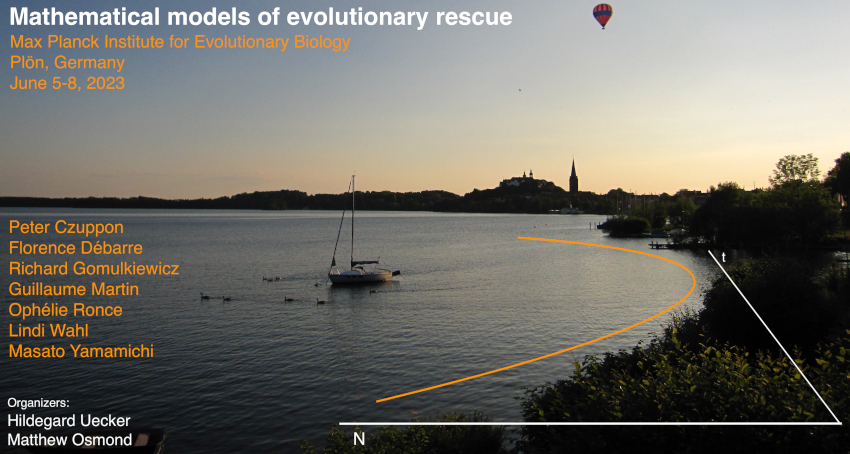Speaker
Description
Random mutant data suggest that the genetic basis for changes in vital rates (survival, fecundity, birth and death rates) is typically very wide: most random mutations, everywhere in the genome, have an effect on these life history traits. However, most stochastic models of ER are only manageable with a narrow basis (one resistant genotype per ER
trajectory). I will present past and present work where we explore models where ER occurs with a wide large or arbitrary genetic basis, on fitness landscapes. In this approach, vital rates are determined by some underlying multivariate phenotype, with an environment specific optimum.
A change in environment induces a shift in the optimum for these rates, strong enough that the mean fitness is initially negative. I will use simple diffusion limits for stochastic population size in such models and show how we can take advantage of these diffusions to describe ER
analytically in this context.

